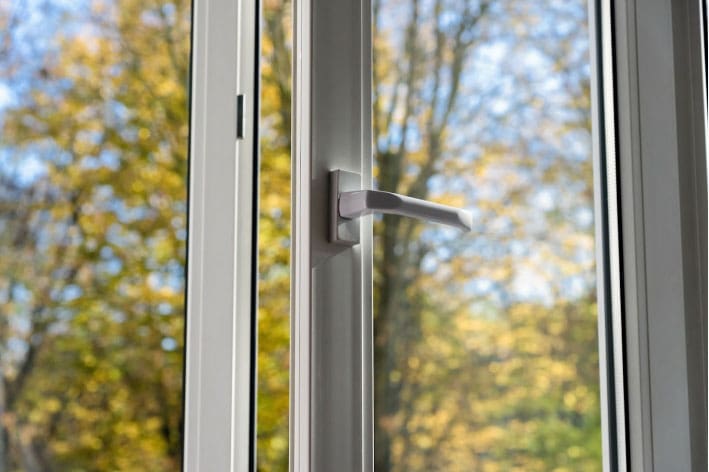Many homeowners throughout Colorado and the American Southwest have swamp coolers installed in their homes, and for understandable reasons. Swamp coolers cost less to install and require less energy to run than HVAC systems, while their method of cooling works especially well for warm, dry climates.
Even with these advantages, however, you may have good reason to switch to an HVAC system. These more complex assemblies offer their share of advantages as well, including benefits not easily obtained from swamp cooler systems. Check out these four reasons to consider making this transition.
1. HVAC Systems Regulate Themselves
Swamp coolers require a certain degree of do-it-yourself activity to regulate home temperatures. For instance, your swamp cooler’s effectiveness may hinge on how widely you’ve opened a door or window to permit air circulation. You also have to switch a swamp cooler on or off manually, even if it has an electronic thermostat.
HVAC systems will run at whatever temperature you set for as long as necessary before shutting themselves down or restarting and running fresh cycles as needed to keep that temperature steady. You don’t need to turn it on and off by hand or maintain any kind of draft running through the home.
2. HVAC Systems Can Prove More Cost-Effective
You may have installed a swamp cooler because these systems have lower installation costs than HVAC units. However, bear in mind that swamp coolers need a constant supply of water. The savings of that installation may therefore get canceled out by the higher water bills you must pay.
HVAC systems also require less frequent maintenance than swamp coolers. In addition to annual inspections, a typical swamp cooler requires monthly water pad maintenance. Additionally, a technician must turn it on or off to accommodate the seasons. HVAC system maintenance procedures may cost more, but they occur less frequently.
3. HVAC Systems Combat Humidity
As part of their basic function, HVAC systems draw moisture out of a home by chilling the air, routing the resulting condensation through a drain line. By contrast, a swamp cooler works by blowing air over its water pad, actually adding moisture to the air.
While additional air moisture may offer comfort in an arid environment, it only worsens discomfort when the weather gets unseasonably humid. Without some means of removing that mugginess from your home, you may feel hotter than your swamp cooler’s thermostat indicates.
The higher the ambient humidity level rises, the less effectively your swamp cooler will work. If you find yourself sweating through humid days and nights even with your swamp cooler operating at full power, you may feel much more comfortable once you’ve replaced it with an HVAC system.
4. HVAC Systems Offer Healthier Indoor Air
If you suffer from allergies, asthma, or some other respiratory condition, your swamp cooler may promote those problems. A swamp cooler acts as an open system, pushing outdoor air through the house until it exits through a cracked window or door. This air can contain seasonal pollen, mold, or airborne pollutants that promote illness.
The water pads crucial to a swamp cooler’s operation may directly feed this problem, too. Unless you schedule monthly pad inspections and replacements as needed, the dampness in the pads can foster mold and mildew which then gets pushed through your ventilation system and into your home.
HVAC systems work as a closed loop, recirculating and filtering a given volume of air without constantly drawing in fresh (or not-so-fresh) air from outdoors. The fact that they don’t require you to keep a window or door cracked further reduces your risk of encountering outdoor air hazards.
If you’ve decided that your family would enjoy the benefits of an HVAC system as opposed to your current swamp cooler, contact Steele Brothers Heating, Inc. Our technicians can evaluate your home’s climate control challenges, recommend the right HVAC system for your needs, and perform an expert installation.

